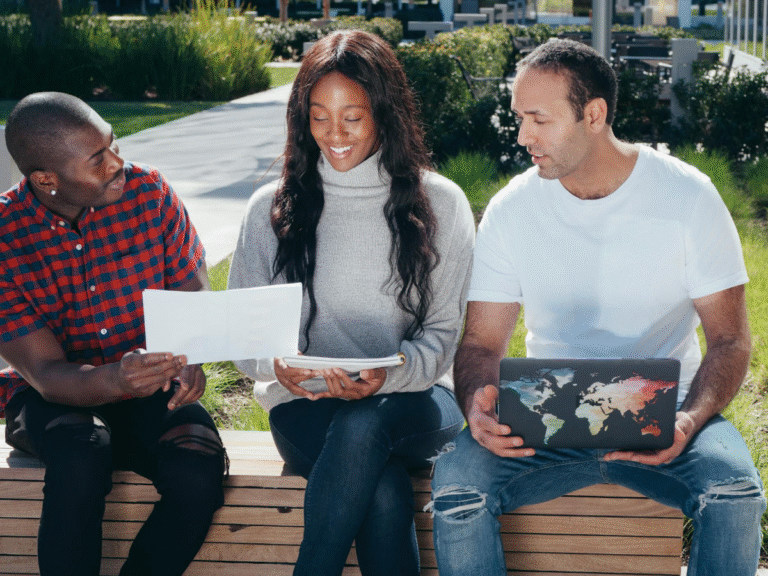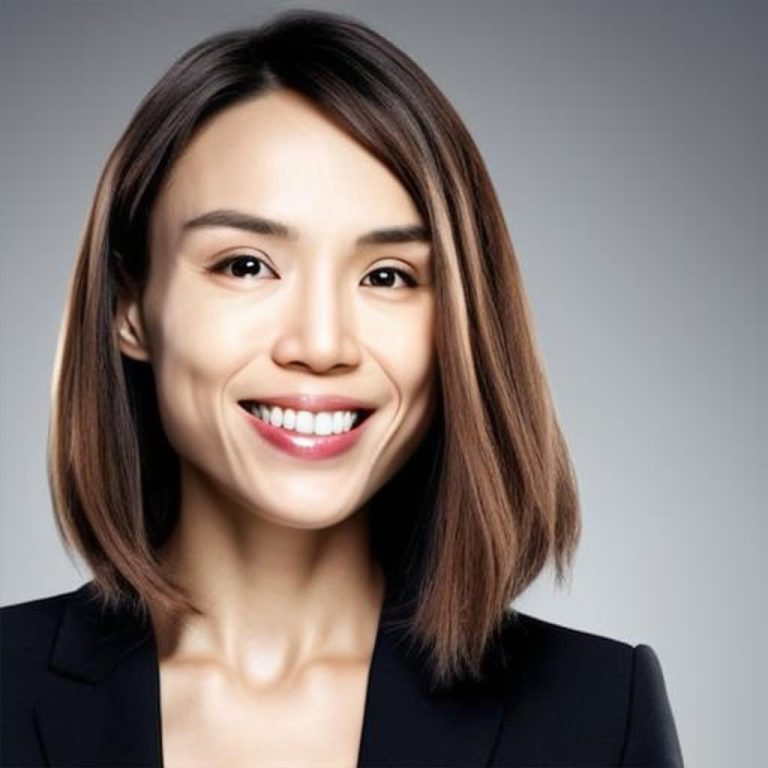The Body Language of Narcissists: 5 Signs to Spot Covert Control
Common Narcissistic Body Language Cues
| Body Language Cue | Description |
|---|---|
| Posture of Dominance | Standing tall, with chest forward and chin slightly raised, conveys a sense of superiority. |
| Exaggerated Gestures | Broad hand movements or dramatic facial expressions used to attract attention and emphasize points. |
| Prolonged Eye Contact or Staring | Intense eye contact that can feel controlling, may alternate with dismissive avoidance when uninterested. |
| Invasion of Personal Space | Sitting or standing too close to others, asserting dominance and a lack of respect for boundaries. |
| Dismissive Microexpressions | Quick signals like eye rolls, smirks, or flashes of contempt that show disdain for others. |
| Selective Mirroring | Copying others’ body language strategically to enhance social standing when it benefits them. |
| Preoccupation with Appearance | Frequently adjusting clothes, hair, or posture to maintain an impressive image. |
| Restrained Empathy Signals | Showing less engagement, such as minimal nodding or softer expressions when others share their feelings. |
The individual with Narcissistic Personality Disorder (NPD) or strong narcissistic traits operates in a perpetual quest for power, admiration, and control. While their spoken words often charm, flatter, or manipulate, it is their non-verbal communication that truly betrays their underlying motives. Body language acts as a reliable, unconscious map to the narcissist’s true intention: to establish dominance and ensure the submission of those around them. Learning to decode these covert, physical signals is a vital step in setting healthy boundaries and protecting oneself from emotional exploitation.
1. The Weaponized Gaze: The Narcissistic Stare
The most unsettling and consistent sign is the narcissistic stare or gaze. This is not the look of connection or genuine interest; it is an intense, penetrating, and evaluating focus. The narcissist uses this gaze to assess their audience, ensure they are the center of attention, and establish a tangible feeling of power over the other person. . The lack of appropriate warmth or empathy behind the eyes, combined with an unwavering fixation, is designed to provoke discomfort. It silently screams, “I am judging you, and my evaluation is the only one that matters.” This stare is the primary tool used to strip others of their confidence and inner sense of boundary.
2. Strategic Space Invasion and Posturing
Narcissists consistently use their bodies to claim more physical space than necessary, asserting dominance and entitlement. They may sprawl across furniture, lean into your personal bubble during conversations, or use unwanted physical contact (like a hand on the shoulder) to subtly remind you of their physical authority. This strategy, known as strategic space invasion, forces the other party to feel smaller, withdraw, or become physically defensive. Furthermore, they frequently adopt power poses—such as hands on hips or leaning back with hands clasped behind the head—even in casual settings, ensuring they always occupy the most visually dominant position in the room.
3. Micro-Expressions of Contempt
When a narcissist’s need for control or admiration is challenged, their polished façade often slips, revealing fleeting micro-expressions of contempt. These non-verbal cues are difficult to control and can be highly revealing. A smirk, a subtle upturning of one side of the lip, signals dismissal or mockery. A quick, barely perceptible eye-roll when they feel they have been contradicted or bored indicates passive defiance. When a micro-expression of contempt appears, it signifies that the narcissist views the other person as beneath them, unworthy of respect, and a threat to their self-image.
4. The Closed-Off Defensive Posture
When genuinely challenged, criticized, or confronted with evidence of their own misconduct, the narcissist’s body language shifts from expansive dominance to rigid defense. They become physically and emotionally closed off, characterized by tightly crossed arms, a rigid torso, and a deliberate refusal to make eye contact. This is not the body language of someone internalizing criticism; it is the physical manifestation of deep internal resistance. This stiff posture indicates that the narcissist has stopped listening and is instead internally preparing for a counter-attack, deflection, or gaslighting maneuver to protect their fragile ego.
5. Weaponized Stillness (The Silent Treatment)
When a narcissist feels their authority is undermined, they often resort to emotional punishment, and their body becomes a tool for this cruelty. Weaponized stillness is the non-verbal partner to the silent treatment. This is not passive withdrawal but an intentional, often rigid, lack of engagement. The narcissist may turn their entire body away, stare blankly past the individual, or remain unnaturally motionless in response to conversation. This deliberate lack of physical acknowledgment attempts to render the other person invisible, using the body as a mechanism to regain psychological control through emotional isolation.
Conclusion
The body language of a narcissist is the most honest indicator of their controlling motives. From the dominating gaze and strategic posturing to the fleeting smirk of contempt and the weaponized use of stillness, these non-verbal signs consistently communicate a desire for superiority. Recognizing these five signs empowers observers to look past superficial charm and respond appropriately, establishing necessary boundaries to protect their emotional and psychological well-being.







